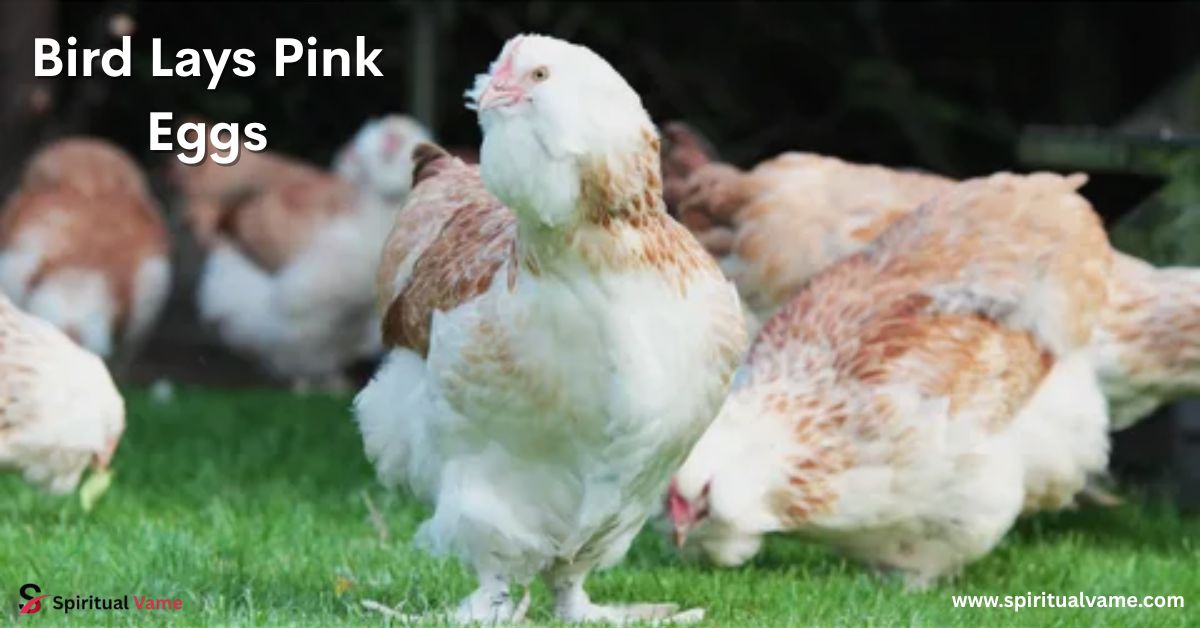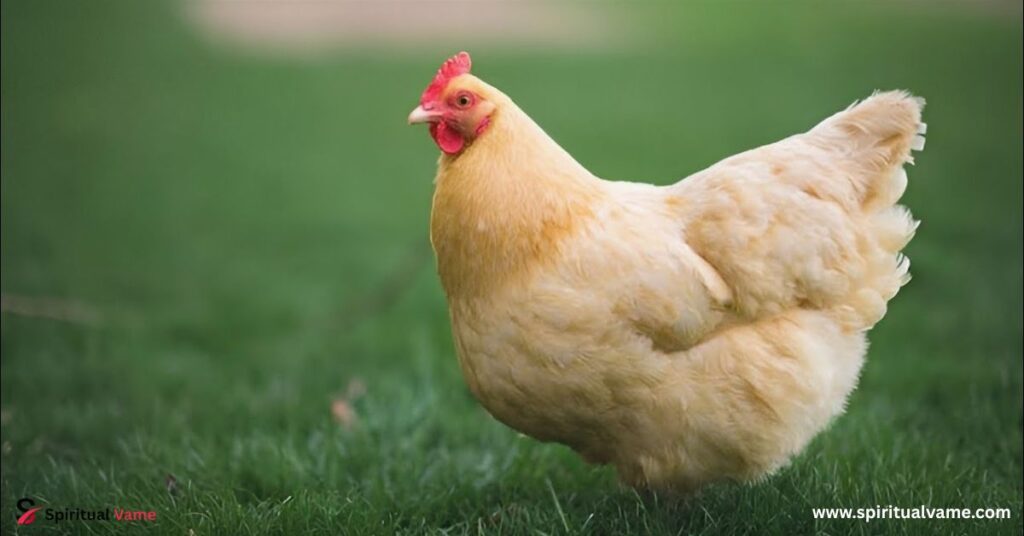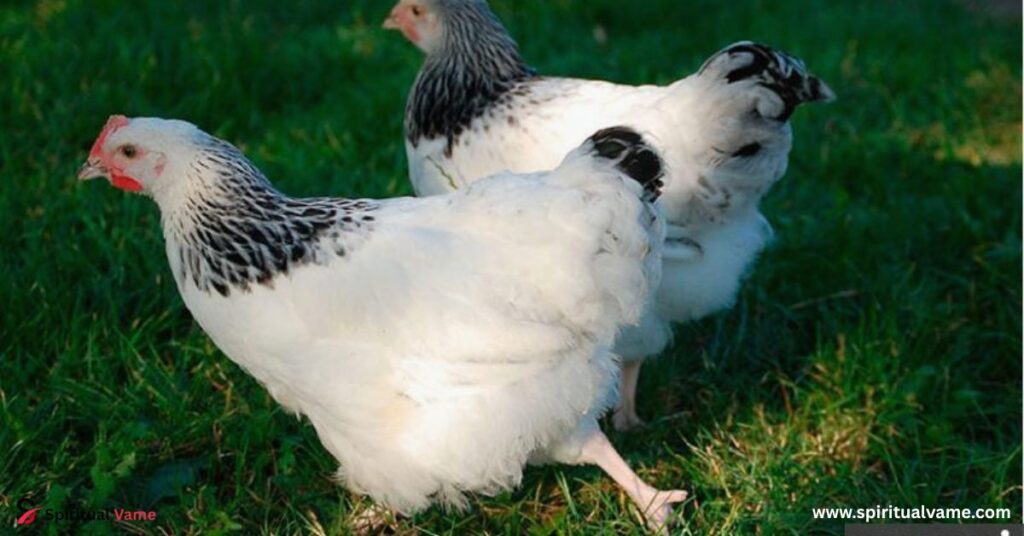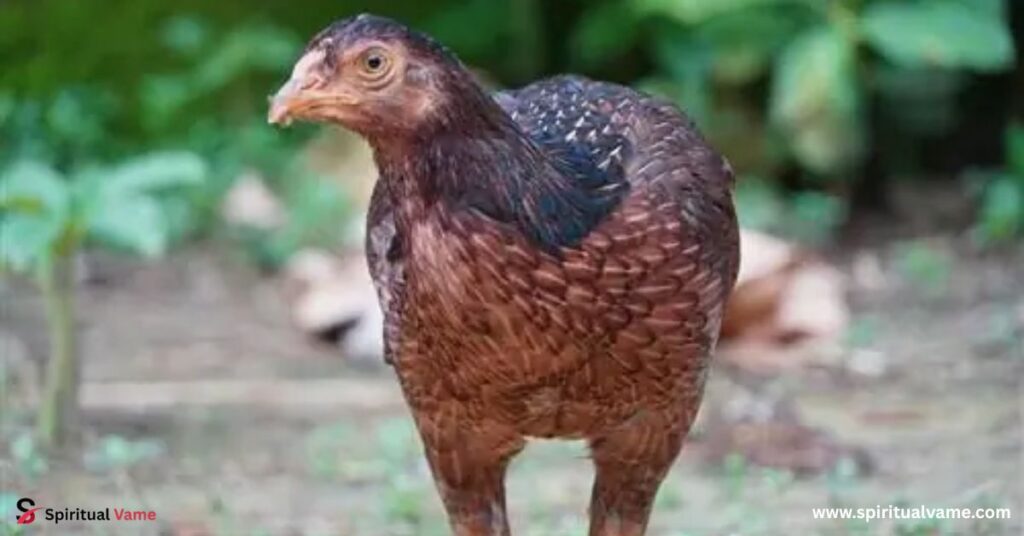
Raising chickens in your backyard is a delightful experience that brings fresh eggs and a connection to nature. Among the various egg colors, pink eggs stand out as a unique and charming addition to your egg basket. These eggs, with their delicate hues, are not only visually appealing but also spark curiosity among poultry enthusiasts. Understanding the factors that contribute to pink egg production can enhance your chicken-keeping journey.
Chicken Keeping Made Simple

The color of a chicken’s egg is primarily determined by genetics. However, environmental factors, diet, and the hen’s health also play significant roles. The pink tint often results from a heavy bloom—a protective coating applied to the egg just before laying. This bloom can give brown or cream-colored eggs a pinkish appearance. It’s important to note that not all hens will consistently lay pink-tinted eggs; variations can occur even within the same breed.
“How do I get Pink Eggs?”
Achieving pink eggs in your coop involves selecting the right breeds and providing optimal care. While no chicken lays a true pink egg, certain breeds are more likely to produce eggs with a pink hue due to their genetic makeup and the presence of a heavy bloom. Breeds such as Silkies, Salmon Faverolles, and Light Sussex are known for laying eggs that can appear pinkish. Ensuring your hens are healthy, stress-free, and well-nourished can enhance the likelihood of pink egg production.
It’s also beneficial to understand that egg color can vary based on individual hens and their laying cycles. Some hens may lay pink-tinted eggs sporadically, while others may do so more consistently. Observing your flock and noting which hens produce the desired egg color can help in selective breeding and maintaining a flock that yields pink eggs more regularly.
Bird Lays Pink Eggs
Several bird species, both domestic and wild, are known to lay eggs with pink hues. Among domestic chickens, breeds like Salmon Faverolles, Silkies, Light Sussex, Buff Orpington, and Asil or Aseel are notable for their potential to lay pink-tinted eggs. These breeds are popular among backyard poultry keepers for their temperament and egg-laying capabilities.
In the wild, birds such as the Tree Swallow, Melodious Warbler, House Finch, Eastern Bluebird, and Northern Mockingbird lay eggs that can exhibit pinkish tones. These birds add to the diversity of egg colors found in nature and highlight the fascinating variations in avian reproduction. Observing these species in their natural habitats can provide insights into the wide range of egg colors and patterns present in the bird world.
What Causes Pink Eggs?
The pink coloration in eggs is primarily due to the presence of a heavy bloom—a protective coating applied to the eggshell just before laying. This bloom can overlay the natural brown or cream color of the eggshell, resulting in a pinkish appearance. The intensity and consistency of the bloom can vary based on the hen’s genetics, health, and environmental factors.
Genetics play a crucial role in determining the likelihood of a hen laying pink-tinted eggs. Breeds predisposed to producing a heavier bloom are more likely to yield eggs with a pink hue. Additionally, factors such as diet, stress levels, and overall health can influence bloom production. Ensuring a balanced diet rich in essential nutrients and maintaining a stress-free environment can promote optimal bloom development and, consequently, the desired egg coloration.
Breeds of chickens that lay pink eggs
1. Salmon Faverolles
Originating from France, Salmon Faverolles are known for their gentle nature and unique appearance, featuring feathered legs and beards. They are reliable layers of light pink to cream-colored eggs. Their friendly disposition makes them a favorite among backyard poultry enthusiasts.
2. Silkies
Silkies are easily recognizable by their fluffy plumage and black skin. They are known to lay small, cream-colored eggs that can sometimes have a pinkish tint. Their docile temperament and unique appearance make them popular pets and show birds.
3. Light Sussex

The Light Sussex is a dual-purpose breed valued for both meat and egg production. They lay large, cream to light brown eggs, which can occasionally exhibit a pink hue due to a heavy bloom. Their adaptability and calm nature make them suitable for various climates and flock compositions.
4. Buff Orpington
Buff Orpingtons are known for their golden-yellow feathers and friendly demeanor. They lay medium to large brown eggs, which can sometimes appear pinkish. Their hardiness and gentle nature make them excellent choices for families and novice chicken keepers.
5. Asil or Aseel
The Asil, or Aseel, is an ancient breed known for its strength and game bird heritage. While not prolific layers, they can produce eggs with a light brown color that may have a pinkish tint. Their unique history and appearance make them a fascinating addition to any flock.
6. Tree Swallow
Tree Swallows are small migratory birds found across North America. They lay pale pink eggs that often turn white as incubation progresses. These birds are known for their aerial acrobatics and are a delight to observe during the breeding season.
7. Melodious Warbler
Native to Europe and parts of Africa, the Melodious Warbler lays pink speckled eggs. These small, insectivorous birds are known for their rich and varied songs, adding a musical backdrop to their habitats.
8. House Finch
Commonly found in urban and suburban areas, House Finches lay eggs that are pale blue to greenish with occasional pinkish tones. Their adaptability and cheerful songs make them a familiar presence in many backyards.
9. Eastern Bluebird
Eastern Bluebirds are cherished for their vibrant plumage and gentle nature. They typically lay light blue eggs, but variations can include white or pinkish hues. Providing nest boxes can encourage these beneficial insect-eaters to take up residence in your yard.
10. Northern Mockingbird
Known for their impressive vocal mimicry, Northern Mockingbirds lay eggs that are pale blue or greenish with speckles, occasionally exhibiting a pinkish tint. Their diverse songs and adaptability make them a prominent feature in many American landscapes.
What Chickens Lay Pink Eggs?

Several chicken breeds are known for laying eggs that can appear pink due to the bloom overlay. Easter Eggers are a popular choice among backyard poultry keepers for their friendly nature and colorful egg production, which can include pink hues. Olive Eggers, a cross between blue egg layers and dark brown egg layers, can also produce eggs with a pinkish tint.
Plymouth Rocks, known for their barred plumage and reliable laying, may occasionally produce eggs with a pink hue. Silkies, with their unique appearance and gentle temperament, are also known to lay small eggs that can have a pinkish tint. It’s important to note that while these breeds have the potential to lay pink-tinted eggs, individual results may vary based on genetics and environmental factors.
Boosting Egg Production and Health
Maintaining optimal health in your flock is crucial for consistent egg production and quality. Providing a balanced diet rich in essential nutrients, ensuring clean living conditions, and minimizing stress can significantly impact your hens’ laying capabilities. Regular health checks and prompt attention to any signs of illness are also vital.
Incorporating natural supplements and treats can further enhance your chickens’ health and egg production. Products like Chicken E-Lixir, a daily vitamin supplement, and Golden Graze, a nutritious treat blend, can provide additional support. These supplements can improve eggshell quality, boost immunity, and promote overall well-being in your flock.
Chicken E-Lixir
Chicken E-Lixir is a comprehensive supplement designed to support your chickens’ health and egg production. It contains essential vitamins and minerals that aid in the development of strong eggshells, enhance the immune system, and improve overall vitality. Regular use of this supplement can lead to more consistent laying patterns and higher-quality eggs.
In addition to supporting physical health, Chicken E-Lixir can help reduce stress in your flock, which is a common cause of decreased egg production. By promoting a calm and healthy environment, this supplement contributes to the overall happiness and productivity of your chickens.
Conclusion
In conclusion, if you’re curious about which bird lays pink eggs, there are many beautiful and rare options to explore. From chickens like Silkies and Salmon Faverolles to wild birds like the Tree Swallow, each bird lays pink eggs in its own special way. These eggs may look pink because of a bloom or tint on the shell. With the right care, some chickens can lay eggs that appear soft pink and truly stand out.
For anyone who dreams of collecting colorful eggs, finding a bird that lays pink eggs is exciting. Raising chickens or watching wild birds is even more fun when your bird lays pink eggs in your backyard.



